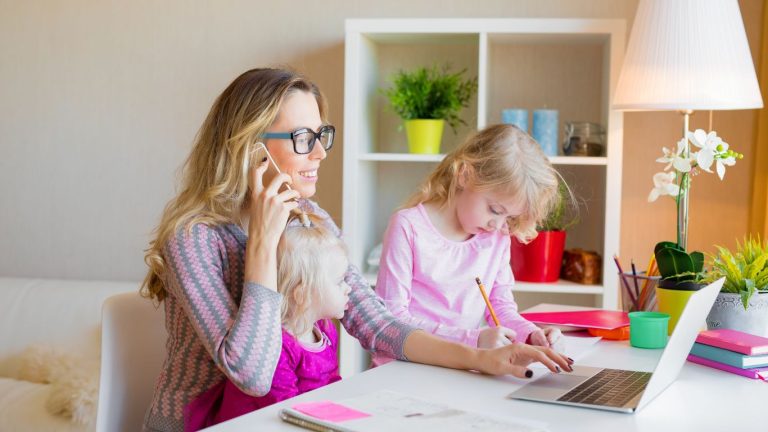As families across New Zealand welcome the new year, growing concern looms over the wellbeing of our children. And one of those concerns is around e-cigarette use, otherwise known as vaping.
The rising trend of youth vaping is the number one behavioural issue in school communities with nearly 20% of school students vaping once or more every day.

As a parent, I am starting the year with a renewed commitment to safeguarding New Zealand children from these pervasive and harmful products, and I hope other parents will join me.
Understanding the Risks of Teen Vaping
Vaping, the act of inhaling vapor produced by an electronic cigarette or similar device, has gained popularity among New Zealand teens. Often perceived as a ‘safer’ alternative to smoking, vaping poses significant health risks, particularly for young, developing bodies.
Known short term health impacts include addiction; poisoning; acute nicotine toxicity, seizures; burns and injuries; and lung injury. E-cigarette use also adds to the burden of nicotine addition with many vapers using e-cigarettes while also smoking cigarettes; and former non-smokers taking up smoking.
Other impacts include indoor air pollution; environmental waste; and fires. The long-term side effects of e-cigarette use are unknown.
Tips for Parents: Preventing and Intervening in Teen Vaping
1. Education is Key: There is a lot many parents do not know about vaping, including the types of devices (often made to look like everyday objects to hide in plain sight under the noses of teachers and parents), the substances they can contain, and the associated health risks.
Understanding the appeal of vaping, such as flavours, peer influence, and marketing (it is rampant on TikTok and Instagram), is beneficial.
2. Open Communication: Encourage open and judgement-free conversations. Listen to your child’s views and concerns about vaping and peer pressure. This builds trust and makes them more likely to approach you with their problems.
It is important to start these conversations early before they are exposed to peer pressure to vape. Listen to their views and concerns, and provide clear, factual information, or suggest places they can go to find more information.
3. Recognise the Signs: Be aware of signs that your child might be vaping. These include:
- Unfamiliar USB drives or pen-like devices
- Sweet aromas in their bedrooms or clothing (as many vaping liquids are flavoured)
- Increased thirst or nosebleeds (due to propylene glycol in vape juice)
- Changes in caffeine sensitivity
- Irritability or regularly excusing themselves to vape privately (they contain highly addictivesubstances (vapes which are labelled as “nicotine free” can contain nicotine).
4. Be a Role Model: Model healthy behaviour. If you smoke or vape, please consider quitting. Children are less likely to start smoking or vaping if their parents do not do it. Your actions speak louder than words.
5. Foster Healthy Alternatives: Encourage involvement in sports, arts, or other hobbies. Keeping children engaged in fulfilling activities can reduce the temptation to experiment with vaping.
6. School and Community Involvement: Stay connected with school initiatives and community programs that address vaping and substance abuse.
7. Monitor Behaviour and Social Circles: Pay attention to your child’s behaviour and their friend groups. Changes in behaviour, unexplained spending, or new groups of friends may signal the start of vaping.
8. Educational Resources: Make the most of resources from schools, healthcare providers, or organisations like the Ministry of Health, Quitline, and Te Whatu Ora for educational materials and support.
9. Set Clear Rules and Expectations: Establish clear family rules about not using tobacco or vape products. Discuss what committing to these rules or breaking them will mean to your family.
10. Advocate for Policies: Support school and community efforts to educate young people about vaping and implement policies that limit their access to vape products.
11. Seek Professional Help: If you suspect your child is already vaping, consider seeking guidance from healthcare professionals for strategies to address the issue effectively.
A United Front for a Healthier Future in 2024
As we step into 2024, let us embrace our role in guiding and protecting the younger generation, ensuring they have the best start in life and are equipped to make healthy choices.
Protecting our children from the allure and dangers of vaping requires the collective effort of parents, educators, and community leaders.
By staying informed, maintaining open dialogue, and fostering a supportive environment, we can help ensure a healthier, vape-free future for our children.
This article is an opinion piece from Vincent G. W. CEO of The Thoracic Society of Australia and New Zealand (TSANZ). TSANZ is the peak body representing various disciplines within the respiratory/sleep medicine field in Australia and New Zealand.





